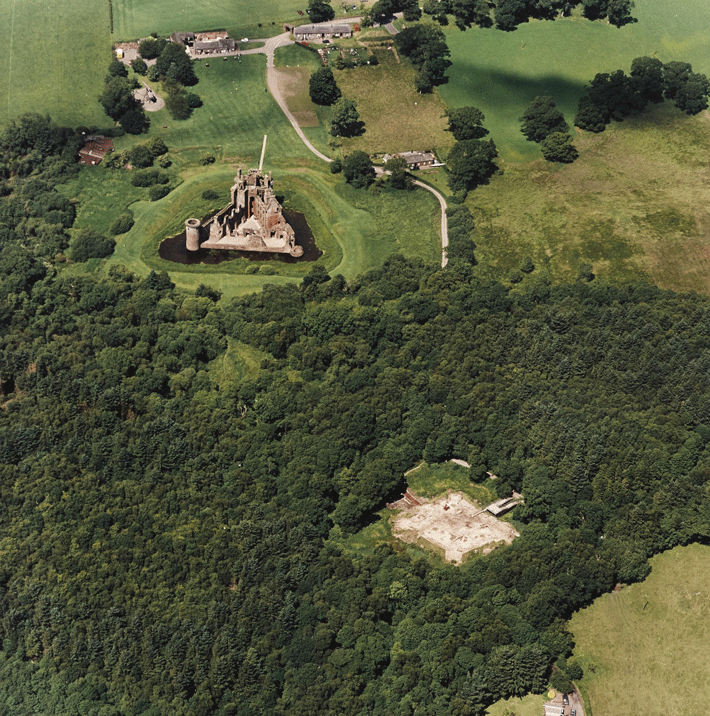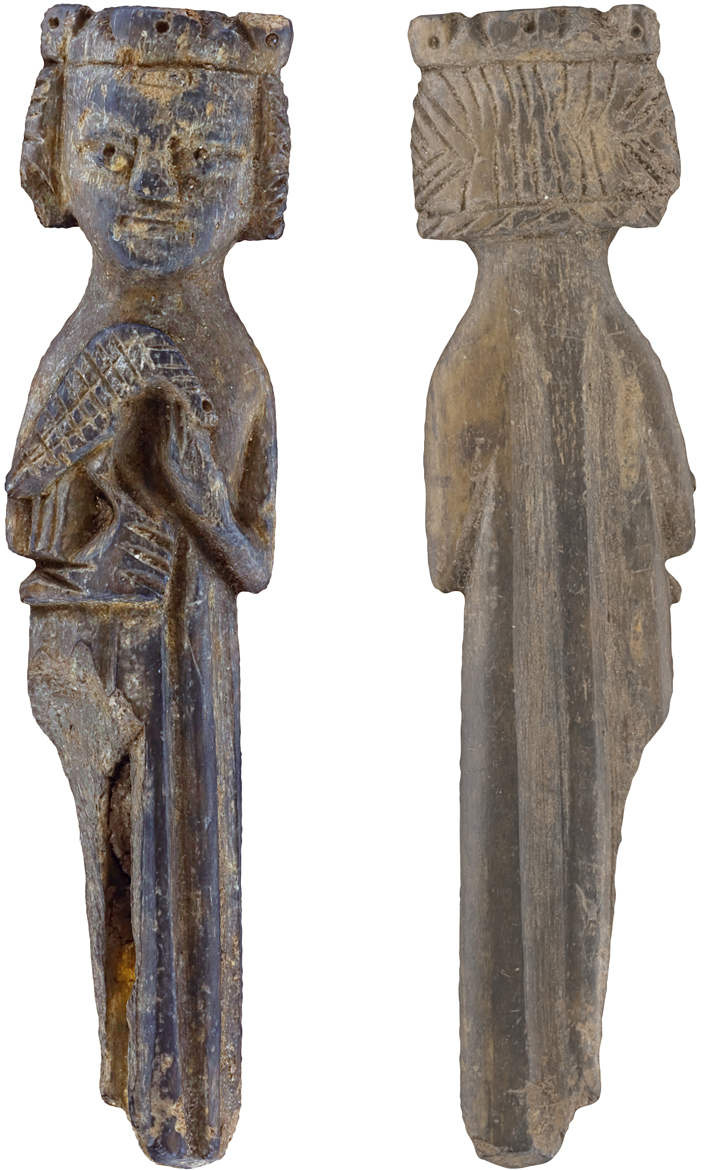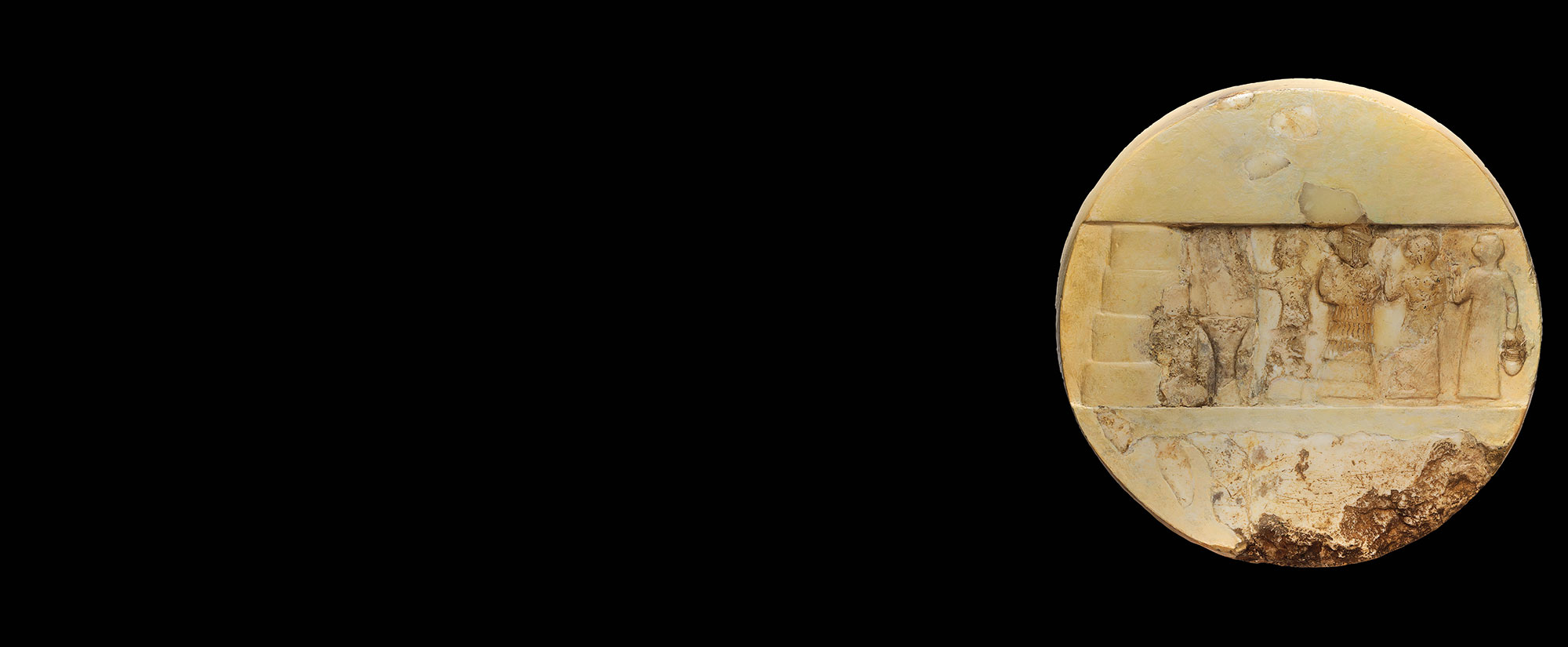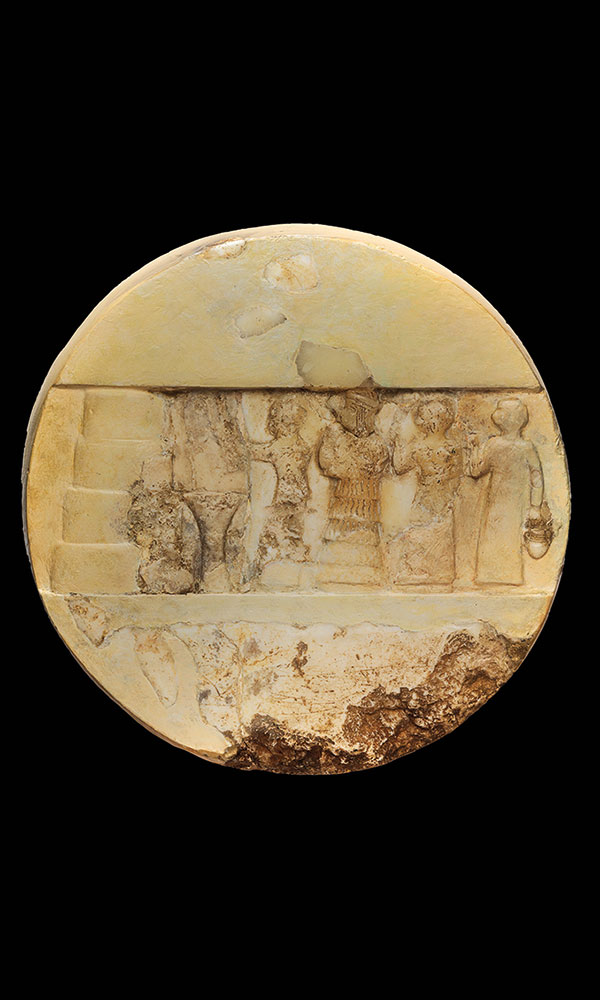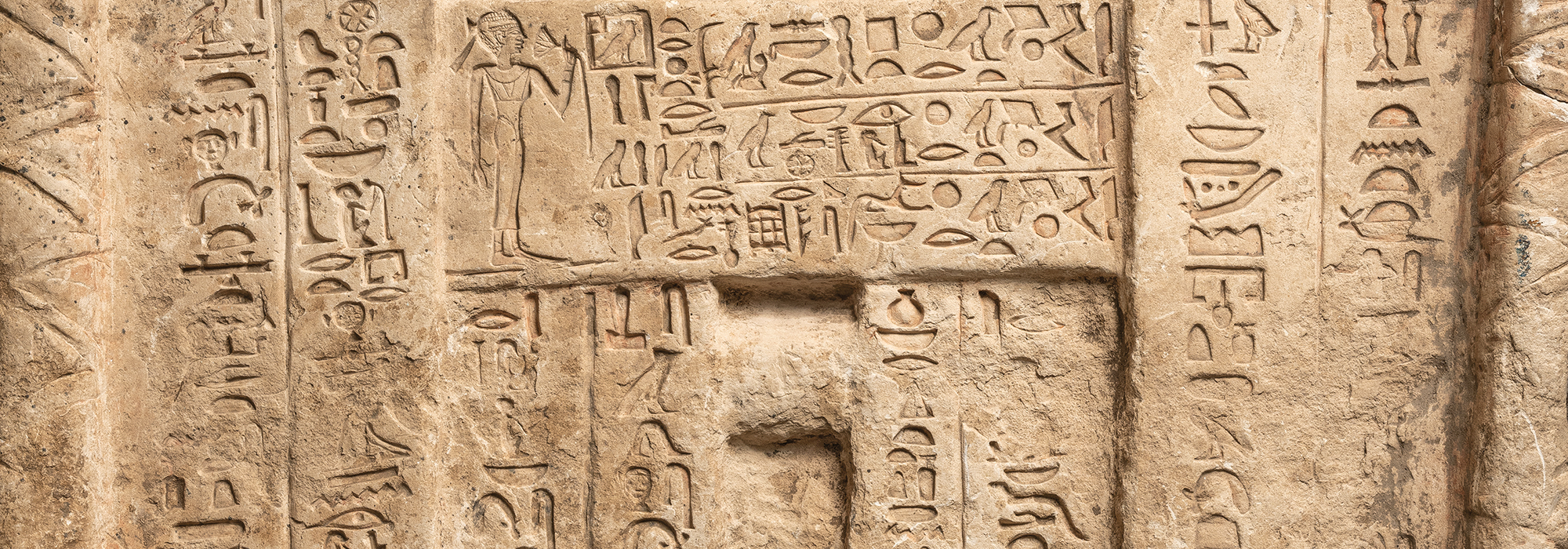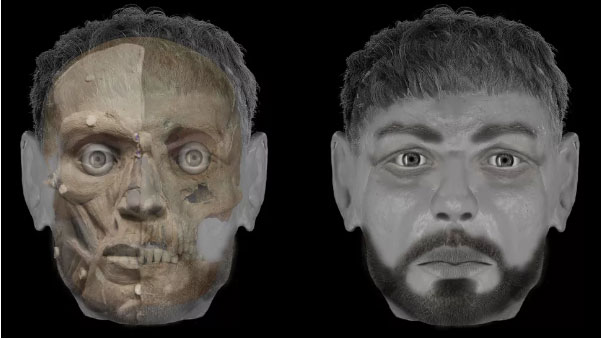
CITTIGLIO, ITALY—Live Science reports that a team of researchers led by Chiara Tesi of the University of Insubria re-analyzed the 700-year-old remains of a man who died between the ages of 19 and 24 from brutal head wounds with computed tomography scans, 3-D X-ray scans, and precision digital microscopy. The remains were found at the church of San Biagio, which is located in northern Italy. Tesi thinks the young man may have been a member of the powerful De Citillio family that established the church in the eighth century A.D. She said that the victim appears to have dodged an initial sword attack to the front of his head, where the researchers identified a shallow lesion. But they found deep wounds on the back of his head that may have been inflicted as the young man tried to flee his attacker. One of these was found near an ear, and the other on the back of the neck. “At the end, probably exhausted and face down, he was finally hit by a last blow to the back of the head that caused immediate death,” Tesi said. Such a frenzied attack suggests the attacker was determined to complete the kill, she surmised. To read about the remains of a man who appears to have been executed in eleventh-century Sicily, go to "Stabbed in the Back."



